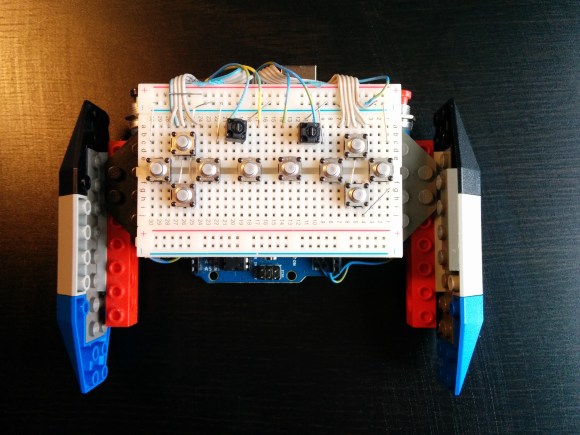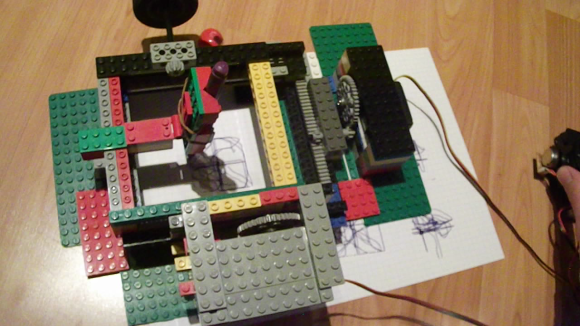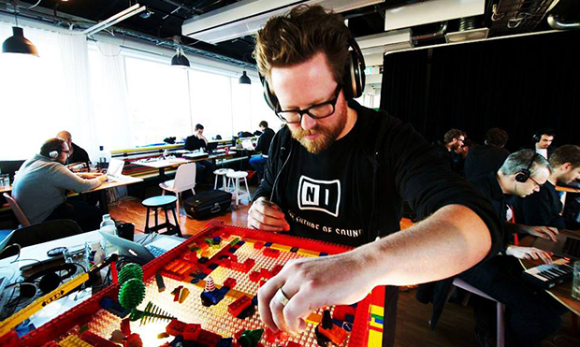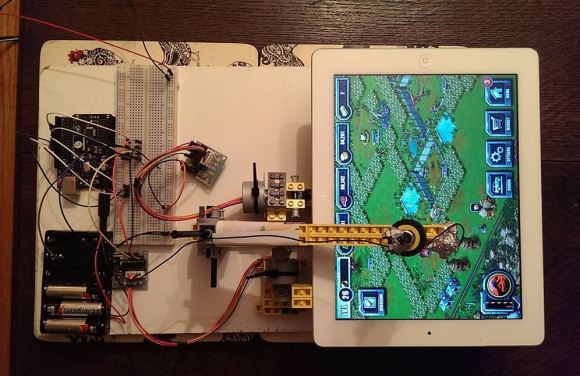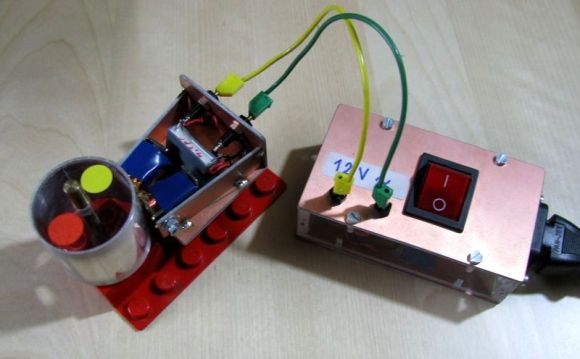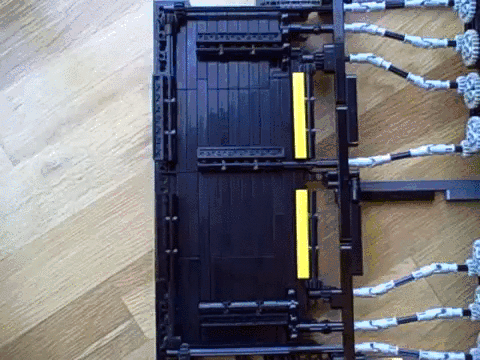
Here’s a rather mesmerizing piece of Lego genius, displayed as a .GIF for your enjoyment. It’s a 7-segment display that is completely mechanical!
Built by [aeh5040], this beauty features 7 separate linkages that control each display segment. It’s powered off of a single motor which rotates a cylinder covered in small protrusions, similar to how music boxes work. As the cylinder rotates, the protrusions knock the main drive gears back and forth, flipping each segment between the ON and OFF states through a series of axle joints and bevel gears.
It makes rather satisfying sounds too!
Continue reading “Lego Technic Mechanical Seven Segment Display”

